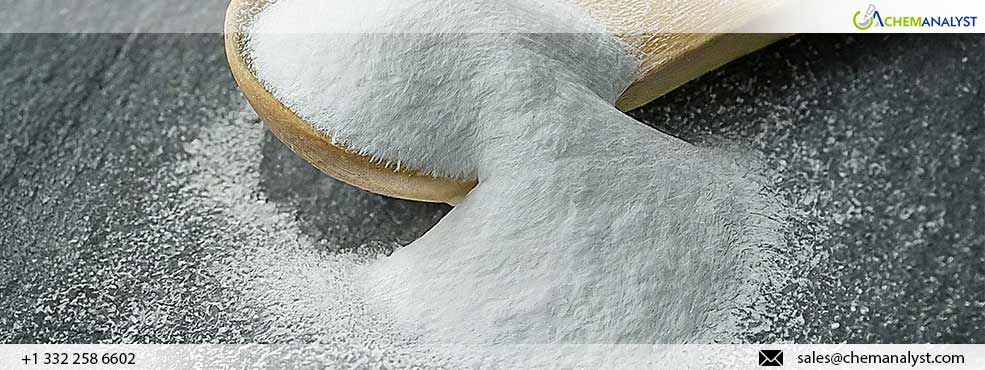Glutamic Acid Prices Ease as Demand Softens and Input Costs Recede
- 08-Aug-2024 3:41 PM
- Journalist: Motoki Sasaki
In July 2024, the Glutamic Acid market experienced a notable decline in prices across key producing and exporting regions. This decrease has been primarily driven by a combination of lower raw material costs and reduced demand. As a non-essential amino acid crucial for cellular metabolism, Glutamic Acid is predominantly produced through microbial fermentation, with key inputs including sugars such as glucose or sucrose and nitrogen sources like ammonium salts. Despite alternative chemical synthesis methods, microbial fermentation remains the predominant production method for Glutamic Acid due to its efficiency and scalability.
The primary factor influencing the decline in Glutamic Acid prices has been the fall in raw material costs, particularly corn. Following a price surge in May, corn prices saw a slight correction with an overall increase of over 1%. At the beginning of July, corn prices in the Northeast production area remained stable but advanced. By mid-month, the arrival volume of corn at domestic deep processing enterprises and port areas sharply decreased. To stimulate corn arrival and replenish inventories, deep processing enterprises in Shandong, North China, and other regions raised prices, causing corn prices to continue rising.
The Glutamic Acid market in China, a major global supplier, has seen a persistent downward trend in export prices. Factors contributing to this trend of Glutamic Acid include subdued downstream demand, increased domestic production capacity, and an oversupply in the market. International buyers have adopted a cautious approach, relying on existing inventories and reducing purchasing activity. This reduced enthusiasm has intensified downward pressure on prices.
Additionally, the expansion of production capabilities in China has resulted in an oversupply of Glutamic Acid, compelling manufacturers to implement competitive pricing strategies to reduce excess inventory. China's official NBS Manufacturing PMI dropped to 49.4 in July from 49.5 in June, marking the third consecutive month of contraction and the steepest decline since February. Continued contraction in new export orders has led manufacturers to lower prices to stimulate exports. The drop in production and demand, exacerbated by high temperatures and regional flooding, has further dampened market sentiment.
Similarly, the U.S. Glutamic Acid market saw significant price declines due to reduced production costs and increased competition. This "race to the bottom" threatens long-term profitability and market stability. U.S. buyers, anticipating further drops, have delayed purchases, worsening the supply-demand imbalance for Glutamic Acid. Companies have been liquidating excess inventory to cut storage costs, leading to an oversupply and reluctance to pay higher prices. Stagnant corn prices, a key raw material for Glutamic Acid, further pressure prices downward. Overall, the market is challenged by declining prices, oversupply, and weak demand, reflecting the complex interplay of production costs and buyer behaviour.



